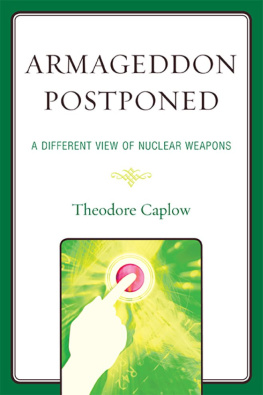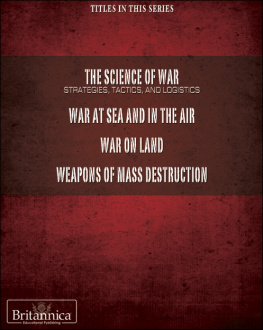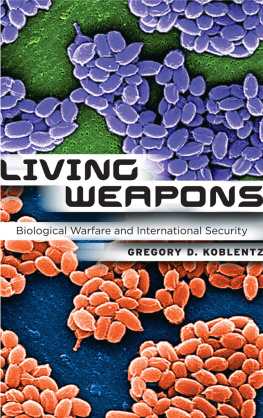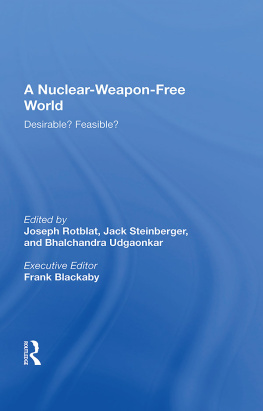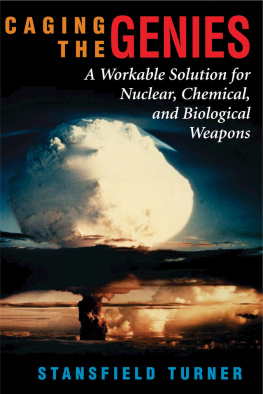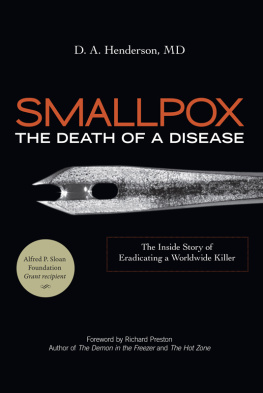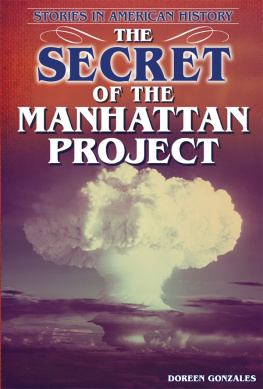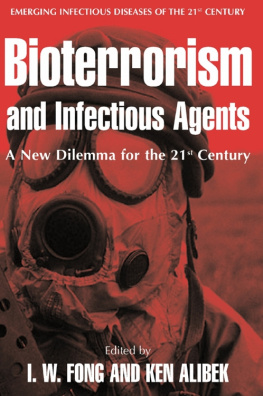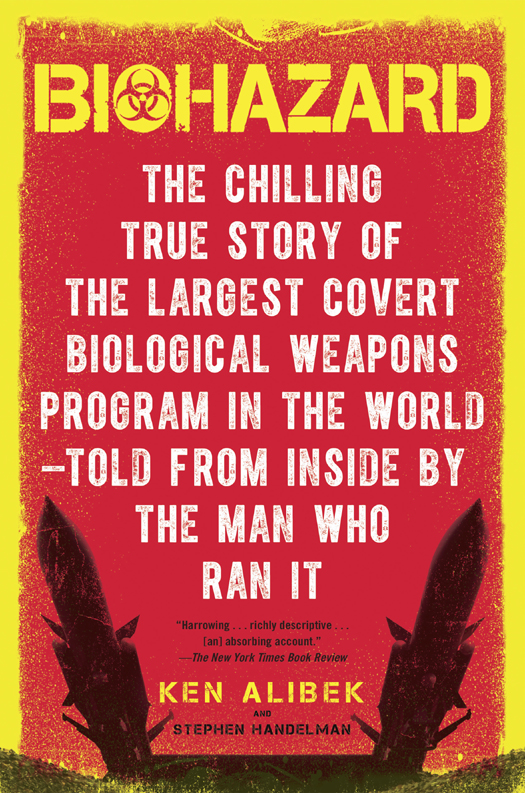PRAISE FOR
BIOHAZARD
An autobiographical tour of Americas worst-case nightmare: a massive, highly capable biological warfare program in enemy hands.
Newsday
THIS IS A GRIPPING BOOK. The technical details are vivid and terrible even as the human story unfolds. It was fascinatingand chillingto peer inside this awesome war machine.
C. J. Peters, author of Virus Hunter, former deputy commander of USAMRIID, now at the CDC
As a top scientist in the Soviet biowarfare program and the inventor of the worlds most powerful anthrax, Ken Alibek has stunned the highest levels of the U.S. government with his revelations. Now, in a calm, compelling, utterly convincing voice, he tells the world what he knows. Modern biology is producing weapons that in killing power may exceed the hydrogen bomb. Ken Alibek describes them with the intimate knowledge of a top weaponeer.
Richard Preston, author of The Hot Zone
READ AND BE AMAZED. An important and fascinating look into a terrifying world of which we were blissfully unaware. While we all grew up with the anxiety of the threat of a nuclear winter, little did we know there was an equally horrific menace from biotechnology. Biohazard takes you behind the scenes of the Soviet Unions clandestine bio weapons program.
Robin Cook, author of Contagion
U.S. intelligence officials who know what Alibek said in secret debriefings after his defection in 1992 give his new account considerable credence. They have called him highly believable about the subjects he knows firsthand.
St. Paul Pioneer Press
A Delta Book
Published by
Dell Publishing
a division of
Random House, Inc.
1540 Broadway
New York, New York 10036
Copyright 1999 by Ken Alibek
Cover design by Tatiana Sayig
All rights reserved. No part of this book may be reproduced or transmitted in any form or by any means, electronic or mechanical, including photocopying, recording, or by any information storage and retrieval system, without the written permission of the Publisher, except where permitted by law. For information address: Random House, New York, New York.
Delta is a registered trademark of Random House, Inc., and the colophon is a trademark of Random House, Inc.
ISBN: 0-385-33496-6
eBook ISBN: 978-0-8041-5265-5
v3.1
[We are] determined for the sake of all mankind, to exclude
completely the possibility of bacteriological agents and
toxins being used as weapons;
[We are] convinced that such use would be repugnant to the
conscience of mankind and that no effort should
be spared to minimize this risk.
Preamble to the Biological and Toxin
Weapons Convention, 1972
CONTENTS
PROLOGUE
O n a bleak island in the Aral Sea, one hundred monkeys are tethered to posts set in parallel rows stretching out toward the horizon. A muffled thud breaks the stillness. Far in the distance, a small metal sphere lifts into the sky then hurtles downward, rotating, until it shatters in a second explosion.
Some seventy-five feet above the ground, a cloud the color of dark mustard begins to unfurl, gently dissolving as it glides down toward the monkeys. They pull at their chains and begin to cry. Some bury their heads between their legs. A few cover their mouths or noses, but it is too late: they have already begun to die.
At the other end of the island, a handful of men in biological protective suits observe the scene through binoculars, taking notes. In a few hours, they will retrieve the still-breathing monkeys and return them to cages where the animals will be under continuous examination for the next several days until, one by one, they die of anthrax or tularemia, Q fever, brucellosis, glanders, or plague.

These are the tests I supervised throughout the 1980s and early 1990s. They formed the foundation of the Soviet Unions spectacular breakthroughs in biological warfare.
Between 1988 and 1992, I was first deputy chief of Biopreparat, the Soviet state pharmaceutical agency whose primary function was to develop and produce weapons made from the most dangerous viruses, toxins, and bacteria known to man. Biopreparat was the hub of a clandestine empire of research, testing, and manufacturing facilities spread out over more than forty sites in Russia and Kazakhstan. Nearly every important government institution played a role in the Soviet biological weapons program: the Ministry of Defense, the Ministries of Agriculture and Health, the Soviet Academy of Sciences, the Communist Party Central Committee, and, of course, the KGB. The System, as Biopreparat was often called, was more successful than the Kremlin had ever dared to hope.
Over a twenty-year period that began, ironically, with Moscows endorsement of the Biological Weapons Convention in 1972, the Soviet Union built the largest and most advanced biological warfare establishment in the world. We were among the 140 signatories of the convention, pledging not to develop, produce, stockpile or otherwise acquire or retain biological agents for offensive military purposes. At the same time, through our covert program, we stockpiled hundreds of tons of anthrax and dozens of tons of plague and smallpox near Moscow and other Russian cities for use against the United States and its Western allies.
What went on in Biopreparats labs was one of the most closely guarded secrets of the Cold War.
Before I became an expert in biological warfare I was trained as a physician. The government I served perceived no contradiction between the oath every doctor takes to preserve life and our preparations for mass murder. For a long time, neither did I.
Less than a decade ago, I was a much-decorated army colonel, marked out for further promotion in one of the Soviet Unions most elite military programs. If I had stayed in Russia, I would have been a major general by now, and you would never have heard my name. But in 1992, after seventeen years inside Biopreparat, I resigned from my position and fled with my family to the United States. In numerous debriefing sessions, I provided U.S. officials with their first comprehensive picture of our activities. Most of what I told them has never been revealed in public.
With the collapse of the Soviet Union, the danger once posed by our weapons work has sharply diminished. Biopreparat claims that it no longer conducts offensive research, and Russias stockpile of germs and viruses has been destroyed. But the threat of a biological attack has increased as the knowledge developed in our labsof lethal formulations that took our scientists years to discoverhas spread to rogue regimes and terrorist groups. Bioweapons are no longer contained within the bipolar world of the Cold War. They are cheap, easy to make, and easy to use. In the coming years, they will become very much a part of our lives.
Since leaving Moscow I have encountered an alarming level of ignorance about biological weapons. Some of the best scientists Ive met in the West say it isnt possible to alter viruses genetically to make reliable weapons, or to store enough of a given pathogen for strategic purposes, or to deliver it in a way that assures maximum killing power. My knowledge and experience tell me that they are wrong. I have written this book to explain why.


